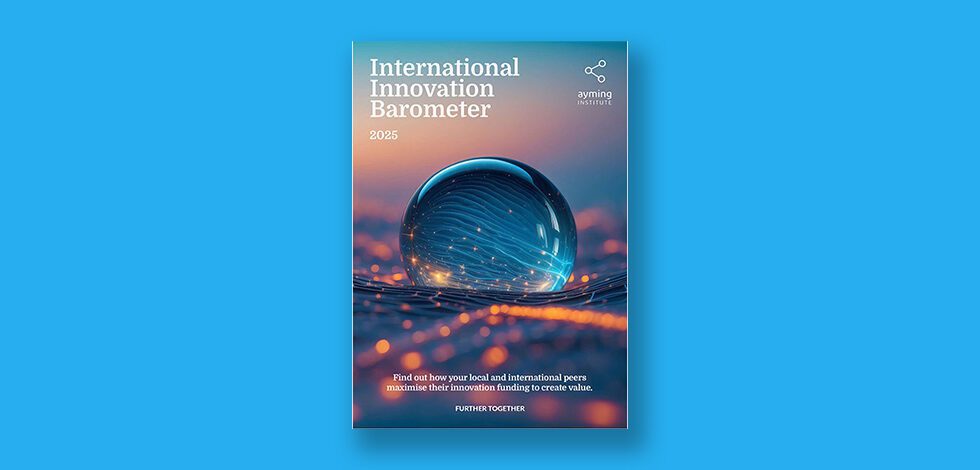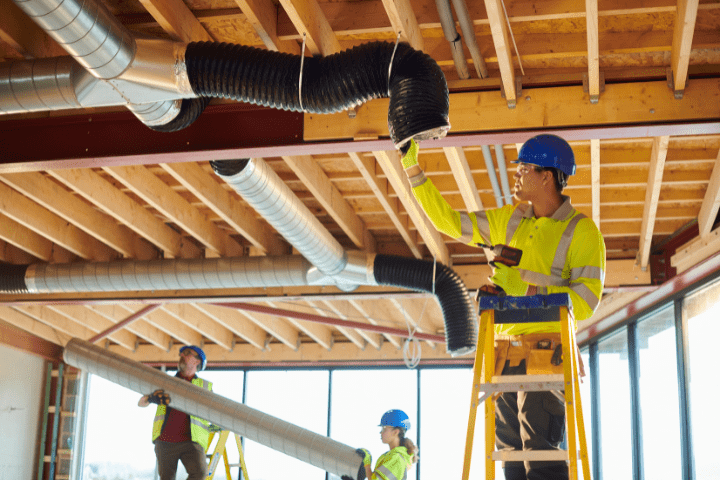Using the phrase “the new normal” is rapidly becoming a cliché at this point, but as individuals adjust, commercial industries are responding all the same. The complex impact and subsequent changes to numerous commercial industries resulting from COVID-19 pandemic is significant—and architecture firms engage with such complexities daily. While individuals were required to observe social distancing and health requirements, architectural firms have begun to execute designs containing various solutions to combat challenges resulting from the pandemic. Undeniably, the unprecedented health crisis has brought about creative initiatives—and the potential of receiving tax credits through § 41 of the Internal Revenue Code (“R&D Tax Credit”) should not be overlooked.
While the architecture industry regularly engages in complex buildings and infrastructures, the addition of novel design requirements has brought about a host of unforeseen technical challenges and iterative design efforts. These novel design requirements have presented themselves in numerous ways, including but not limited to:
- “Pandemic Proofing” facilities for rapid response and cutover
- Automated touchless technologies;
- Customized solutions for hybrid office environments;
- Expanded spatial constraints to accommodate social distances; and
- New HVAC systems and air filtration.
Perhaps most importantly, the list above is far from exhaustive. Moreover, these design requirements are far from being aesthetic modifications only. These design efforts are improving building functionality, quality, and reliability—all of which are specifically enumerated as qualified efforts under § 41. Such design concepts and solutions are now regularly being conducted for both commercial and residential buildings alike. As with any novel event, innovative solutions are not far behind. With architecture firms continuing to undertake unique projects, be sure you are maximizing your tax benefits for overcoming such design complexities and the required innovation to do so.
Indeed, the impact to businesses from the COVID-19 pandemic has greatly impacted bottom lines—and valuable R&D Tax Credits provides a method to put you and your company in an improved financial position. This is what we do. Please find our free downloadable ‘R&D in Architecture’ PDF here, and contact us today for a free consultation and evaluation.












No Comments